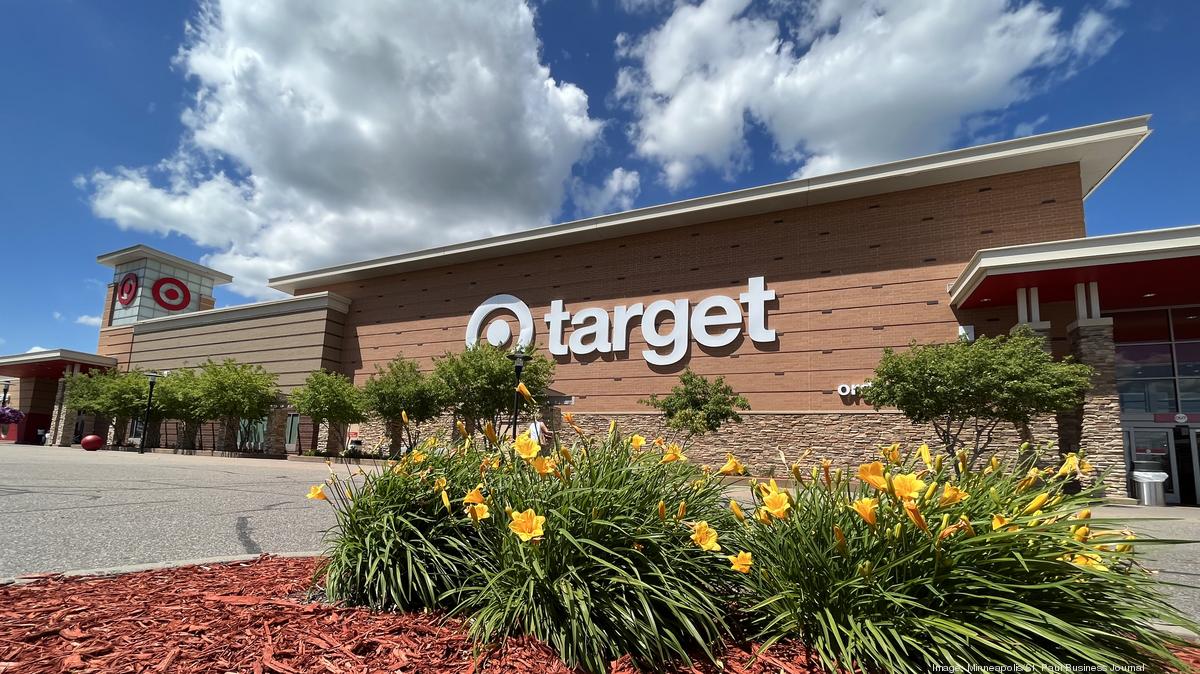Delivery is getting more expensive. Here's how Target and Walmart handle it. - Minneapolis / St. Paul Business Journal
Consumers have gotten used to fast, low-cost delivery from retailers, but offering those services has grown more expensive for chains. Companies are relying on a mix of strategies for coping. Retail chains are facing increasing delivery costs due to rising shipping costs, with UPS and FedEx increasing their rates by nearly 6%. To offset this, they are using subscription programs for delivery, which helps offset some of the cost. Retailers are also increasing their use of local stores as delivery hubs, using concepts like "flow centers" to deliver high-demand items more quickly and smaller orders. The challenges of meeting customer expectations about delivery demand remain a key focus at the Home Delivery World conference in Philadelphia.

发表 : 一年前 经过 Mark Reilly 在 Business
Consumers have gotten used to fast, low-cost delivery from retailers, but offering those services has grown more expensive for chains. Companies are relying on a mix of strategies for coping.
Consumers have gotten used to fast, low-cost delivery from retailers, but offering those services has grown more expensive for chains. Companies are relying on a mix of strategies for coping.
Retail Dive reports on comments from executives at Target Corp., Walmart Inc. and Kroger Co. at the Home Delivery World conference in Philadelphia last week, where the challenges of keeping pace with delivery demands in the face of rising shipping costs was a key focus.
Target's Vice President of Last Mile Operations Daryl Glass noted that the pandemic changed the expectations of consumers about delivery, and while those demands haven't lessened, costs have risen. (UPS and FedEx both hiked shipping rates by an average of nearly 6%.)
To compensate, retailers are relying more on subscription programs for delivery, which helps defray some of that cost. Target rolled out its first such program, Target 360, in April.
Retailers are also increasing their use of local stores as delivery hubs — something Target's been doing for years with concepts like "flow centers," which help deliver high-demand items more quickly to stores, as well as the retailer's smaller sortation centers, which organize orders for last-mile delivery to specific neighborhoods.
